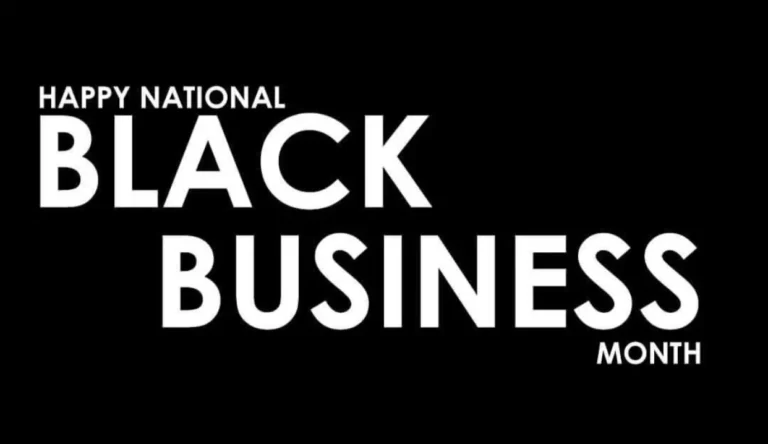
Introduction
Six months ago, my business was on the brink of collapse. Revenue was plummeting, customers were disappearing, and morale was at an all-time low. I was drowning in debt, struggling to pay employees, and questioning whether entrepreneurship was even for me.
But today, that same business generates over $1 million in revenue.
How did I turn things around so dramatically? It wasn’t luck—it was strategy, relentless execution, and a complete mindset shift.
In this article, I’ll break down the exact steps I took to revive my failing business and transform it into a thriving powerhouse. Whether you’re an entrepreneur on the verge of giving up or just looking for inspiration, these lessons can help you do the same.
Step 1: I Faced the Brutal Truth
The first step in fixing any problem is admitting there is one. I stopped making excuses—no more blaming the economy, competition, or “bad luck.” I took full responsibility.
What I Did:
- Analyzed Financials: I reviewed every expense, revenue stream, and profit margin. I cut unnecessary costs immediately.
- Talked to Customers: I reached out to past clients to understand why they left and what they truly needed.
- Assessed Team Performance: I identified weak links and either retrained or replaced underperforming employees.
Key Takeaway:
Denial kills businesses. You must confront reality head-on before you can fix anything.
Step 2: I Pivoted to What Actually Worked
My original business model wasn’t working, so instead of stubbornly sticking to it, I pivoted.
What I Did:
- Identified the Most Profitable Service: I noticed one service had higher demand and better margins—so I doubled down on it.
- Dropped What Wasn’t Selling: I stopped offering products/services that drained resources without returns.
- Rebranded for Clarity: I simplified my messaging to attract the right customers.
Key Takeaway:
Pivoting isn’t failure—it’s smart adaptation. Focus on what works, not what you wish would work.
Step 3: I Mastered Sales & Marketing
A great product means nothing if no one knows about it. I completely overhauled my marketing strategy.
What I Did:
- Leveraged Social Media: I started posting daily valuable content (not just promotions) to build trust.
- Ran Targeted Ads: Instead of random Facebook ads, I used precise targeting to reach high-intent buyers.
- Optimized My Sales Funnel: I made the buying process seamless—fewer steps, clearer CTAs, and irresistible offers.
Key Takeaway:
Marketing isn’t an expense—it’s an investment. If you’re not selling, you’re not in business.
Step 4: I Built a High-Performance Team
A business is only as strong as its team. I stopped tolerating mediocrity and built a culture of excellence.
What I Did:
- Hired for Hunger, Not Just Skills: I brought in people who were driven, not just experienced.
- Set Clear KPIs: Every team member knew exactly what success looked like.
- Fired Toxic Employees: I removed negativity and complacency from the team.
Key Takeaway:
Your team can make or break your business. Invest in the right people.
Step 5: I Focused on Cash Flow Like a Maniac
Profit is vanity, cash flow is sanity. I stopped chasing revenue and focused on actual cash in the bank.
What I Did:
- Negotiated Better Terms with Suppliers: Extended payment deadlines to ease cash flow.
- Pre-Sold Services: I offered discounts for upfront payments to boost liquidity.
- Collected Receivables Aggressively: No more letting clients delay payments.
Key Takeaway:
Cash flow is oxygen for your business. Without it, you’re dead.
Step 6: I Scaled with Systems
Growth without systems leads to chaos. I documented every process to ensure scalability.
What I Did:
- Created SOPs (Standard Operating Procedures): Every task had a clear step-by-step guide.
- Automated Repetitive Tasks: Used tools like CRM, email automation, and accounting software.
- Delegated Effectively: I stopped micromanaging and trusted my team.
Key Takeaway:
Systems allow you to scale without losing control.
Step 7: I Stayed Relentless
The biggest difference between success and failure? Persistence.
What I Did:
- Worked 16-Hour Days When Needed: I outworked my competition.
- Stayed Adaptable: When something failed, I adjusted quickly.
- Never Settled: Even after hitting $1M, I kept pushing for more.
Key Takeaway:
Success isn’t about talent—it’s about tenacity.
Conclusion
Turning a failing business into a $1M powerhouse in six months wasn’t easy—but it was possible. By facing reality, pivoting strategically, mastering sales, building a strong team, managing cash flow, implementing systems, and staying relentless, I transformed disaster into success.
If your business is struggling right now, don’t give up. Apply these principles, stay disciplined, and you can turn things around faster than you think.




